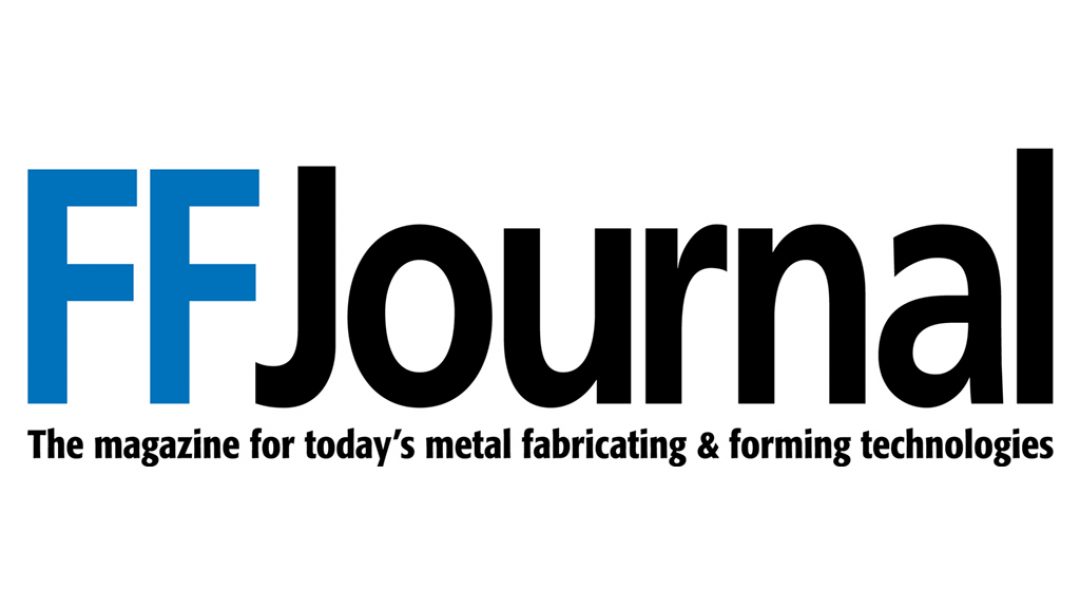September 2019 – The current expansion in the United States economy has led to the inevitable realization of just how far the mighty have fallen in terms of skilled labor, technology and innovation in the realm of manufacturing, particularly in regard to steel fabrication. All over America, manufacturers face the challenge of filling positions that require skilled labor, such as fitters, welders and machine operators. This realization is no surprise to business owners and operators, but the problems it presents were not as pronounced prior to the post-recession recovery.
For years, industrial companies were aware that the focus on white-collar jobs and outsourcing of manufacturing and skilled labor has created a lag in U.S. capacity compared with Europe and the most advanced parts of Asia. There, increased demand has led to investment in technology, employee training and innovation at levels not yet present in the U.S. This investment created next-generation factories and processes that yield high-efficiency and high-quality processes and results. U.S.-based companies didn’t face the same level of regulation or labor costs as their European counterparts so they did not encounter the same problems. The tides have turned now that steel fabricators are drawing on shallower labor pools amid customer demands for higher quality and efficiency.
A good example of this would be in the stainless steel tank/vessel manufacturing sector. These companies manufacture products commonly used in food and beverage, dairy, pharmaceutical, chemical and other applications. A limited number of U.S. fabricators chose to invest in semiautomated and automated tank production equipment, advanced welding methods and other technologically advanced solutions prior the current resurgence taking place today. However, these investments and technologies were instituted widely across Europe more than a decade ago and implemented to some degree in a few other countries, most commonly in Russia and South Korea.
Today, leading stainless tank and vessel manufacturers in the U.S. have invested heavily in technologies and processes, such as new head presses, IMCAR Vertical Systems for Tank Production, laser welding systems for dimpled jacket, robotic welding and material handling cells, fiber laser cutting solutions, and advanced welding methods such as Fronius plasma welding.
Each of these technological investments requires qualified operators and technicians. Some of this need is being satisfied by training seminars and workshops that are run by manufacturers and dealers of welding solutions and equipment, while other options are found in industry trade groups like the American Welding Society.
Another example is production of API storage tanks and ASME code vessels for the oil and gas industry. For decades, the constant volatile swings in crude oil pricing experienced by the extraction and refining industry raised questions about risk potential among vessel manufacturers. The risk of investing in technology rarely gave the assurance that expenditures would be justified before the next downturn in the market. This led to antiquated production methods and labor standards that were often less than safe, inefficient and did not deliver the highest quality in finished products.
Another caveat is that with insufficient investment in technology, the manufacturer’s risk of being inefficient and the cost of business resulting from ineffective processes actually left them less likely to survive such a downturn than those whose had already implemented new technologies and, therefore, were keeping their manufacturing costs lower.
Even in a down market, manufacturers have had little choice but to continue investments in equipment, technology and methods that help assure them better chances of survival in a roller-coaster market with tight labor pools and ever-changing customer demands. Today, it is common to see semiautomated tank production systems, more advanced welding methods, CNC profile machines being used to cut nozzles and fittings, and a migration to fiber lasers.
Technology investments help U.S. manufacturers and their workers advance and, it is hoped, surpass skills found elsewhere in the world. The U.S. economy wins through job creation—when we’re able to bring crucial manufacturing jobs and opportunities that were once undervalued and thought to be permanently lost, back to our shores.
Continuing to invest in trade schools and workforce training is paramount to preparing for the future demands of steel fabrication and laying the foundation for a resurgence in U.S. manufacturing might. FFJ
https://www.ffjournal.net/item/15643-investing-in-innovation-builds-opportunity.html

